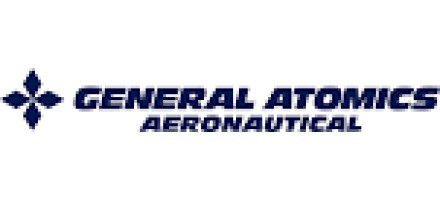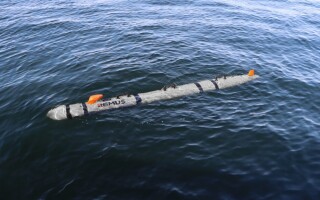Flight tests will aid in developing FAA UAS regulations
NewsApril 19, 2016

WASHINGTON. Beginning the end of April through June, Honeywell, General Atomics Aeronautics Systems, Inc (GA-ASI), the RTCA Special Committee (SC)-228, and NASA will conduct the fourth flight test in a series of demonstrations that will help engineers validate and advance technologies for Unmanned Aircraft Systems (UAS) as they integrate into the National Airspace System (NAS).
The purpose of the series of flight tests is to aid Federal Aviation Administration (FAA) officials in developing regulations for UAS. Based out of NASA’s Armstrong Flight Research Center in California, the Flight Test Series 4 (FT4) objective will require 15 flights and more than 270 encounters, which consist of flying several piloted aircraft into different positions near or around NASA Armstrong’s Predator B remotely piloted aircraft, called the Ikhana. (see image)
[caption id="" align="alignright" width="450" caption="NASA's Ikhana "] [/caption]
[/caption]
During the flight test, the piloted aircraft – also known as the intruder aircraft for this test – includes NASA’s B200 King Air, T-34C, GIII, TG-14, Honeywell’s C-90 King Air, and the U. S. Air Force's C-12 King Air. The goal of these intruders is to function as high speed and low speed aircraft to verify and validate the requirements of the minimal operational performance standards for UAS.
“This flight test plan coordinates the [Detect and Avoid] DAA systems, intruder aircraft equipment and speeds, design of encounter geometries, and the number of intruder aircraft needed to conduct the encounter in order to meet NASA’s and the community’s requirements,” says Heather Maliska, UAS-NAS Deputy Project Manager at Armstrong.
“NASA is providing critical data to support the ongoing efforts to develop technical standards for both sensor data links”, says Paul McDuffee, Co-chair of RTCA’s Special Committee 228. NASA's participation includes Armstrong, Ames Research Center in California, and Langley Research Center in Virginia.
Read more on unmanned systems:
UAV demonstrates optical sense-and-avoid capability
DARPA & ONR to begin open-water testing on unmanned "Sea Hunter" ship
MQ-8C Fire Scout completes operational assessment with data link






